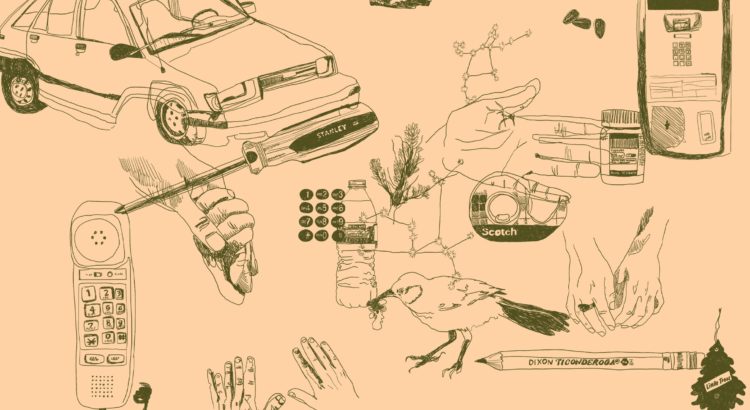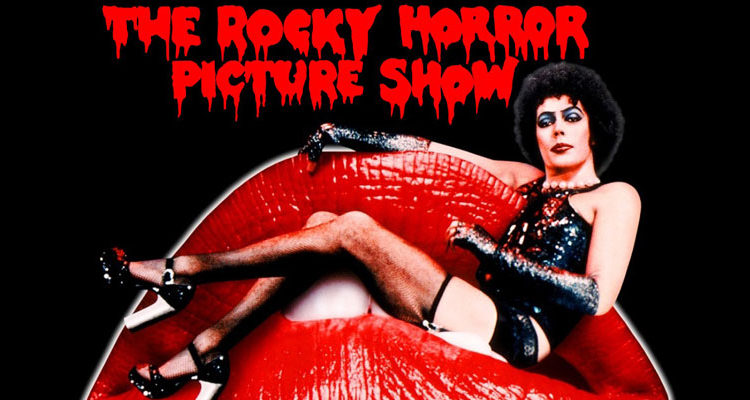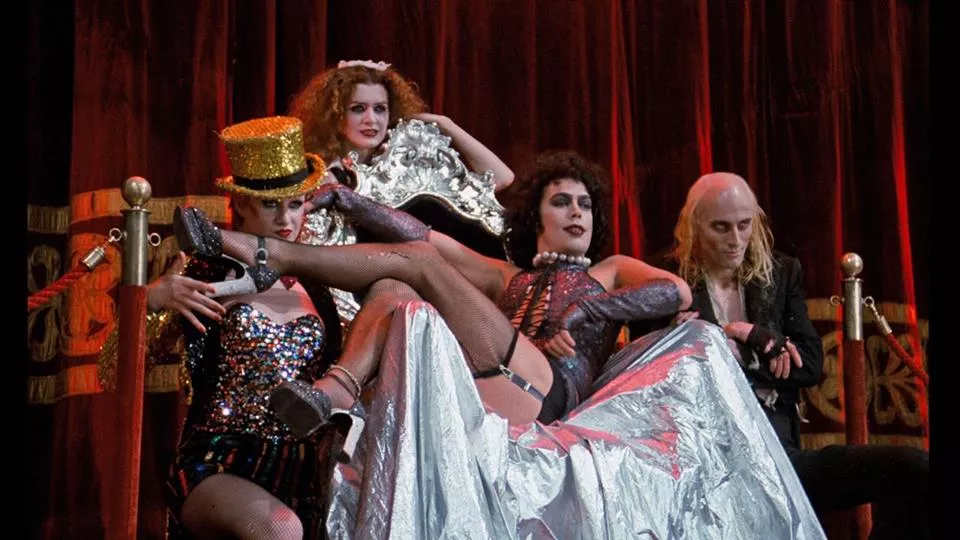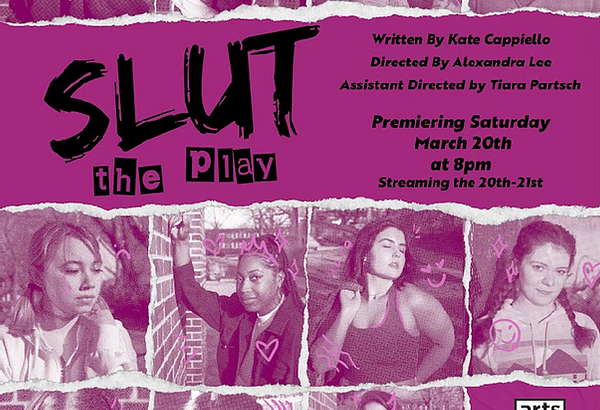I didn’t know what to expect when I sat down in my room after a long day of classes and dialed a random phone number that had been emailed to me 24 hours before. The guidelines were vague:
“On a simple phone call, you and another audience member – nameless strangers to one another – follow a carefully crafted set of directives. Throughout the journey, a portrait of each other emerges through fleeting moments of exposure and the simple sound of an unseen voice.”
That sounds very poetic and all, but how much can really happen in one phone call?, I thought.
Oh, how clueless I was.
The first thing I heard was a low-key electronic voice. “You are in the right place.” it said. “The experience will start as soon as someone joins the line. Please hold for now. There will be music.”
A strange but chill instrumental beat of guitar, drums, and what sounded like a flute and shamisen started up in my ears. A minute passed, then five. I panicked for a moment, thinking that the other audience member had bailed on me. Then the electronic voice came back and counted down.
“5,4,3,2,1.”
A short pause.
“This is not going to be a conversation, it may feel like it but it’s not. This is a way to see one another. Will you both say hello?”
The electronic voice guided us, painting scenes of a story where we were both the protagonists, prompting the conversation. The questions ranged wildly:
What color is your hair?
Name a person you love
Have you ever been to a forest?
Have you ever saved someone’s life?
Over the course of an hour, I strung together these bits and pieces of a stranger into a full human person who I felt like I could see: their weird habits, the color of their eyes, the things they’ve lost since childhood.
“I hope it’s okay to be visible like this,” the electronic voice said at one point.
I won’t spoil the call in too much detail, but I will say that I’ve never felt more like the main character in my own life. I learned things about myself that I had never slowed down enough to think about. Despite being in separate places and not even knowing each others’ names, we reached levels of intimacy and togetherness that I have not felt for a very, very long time.
At the end, we both shared something that we would remember about each other.
“Now it’s time to say goodbye,” the electronic voice said, and I felt an actual pang of sadness.
This was a conversation I will think about and treasure for the rest of my life.
If you have not yet, I would really encourage you to sign up for this experience here before it ends on November 14: https://a2sf.org/events/a-thousand-ways-part-one-a-phone-call/. I think you’ll be surprised at what you find.










